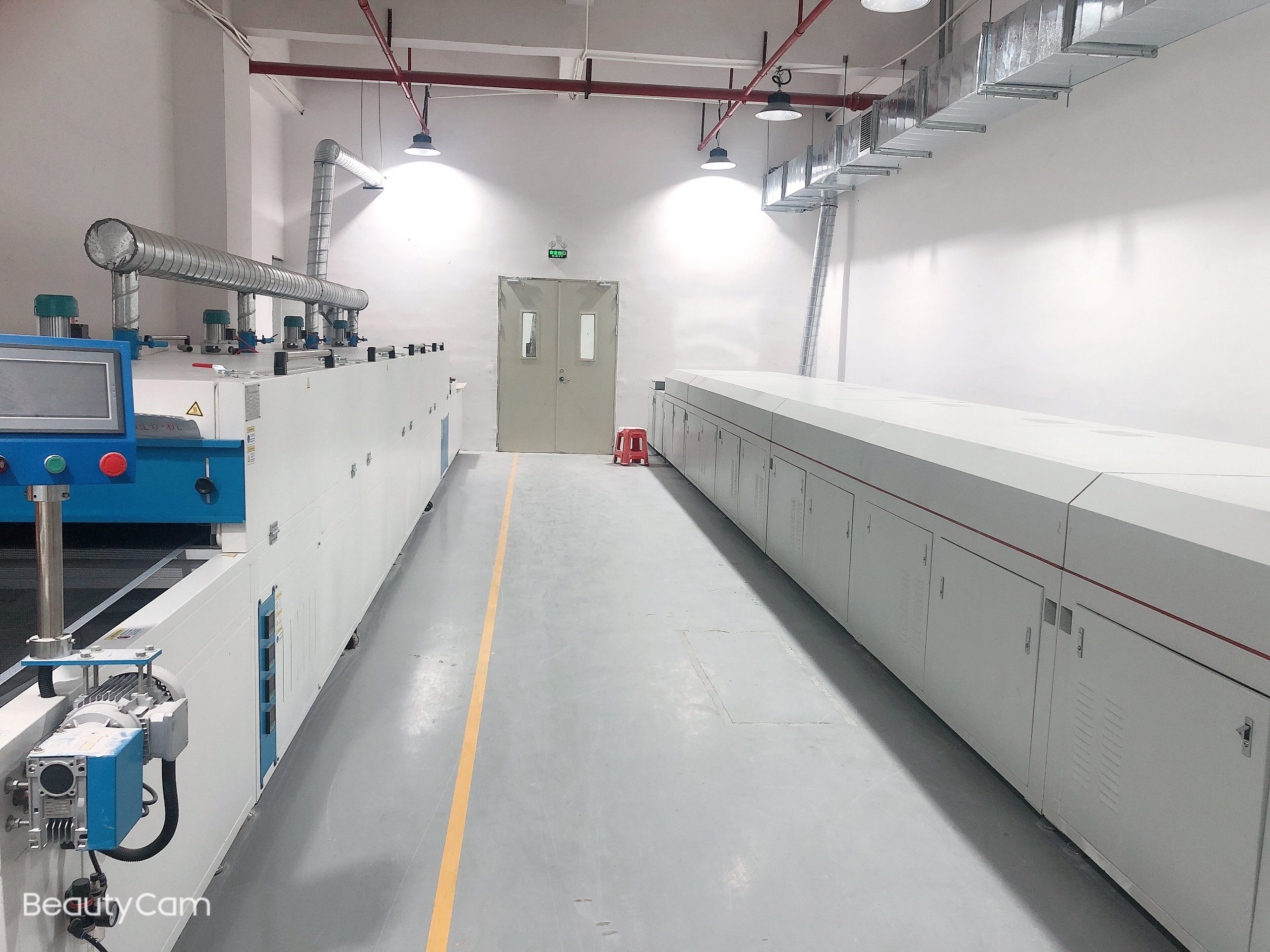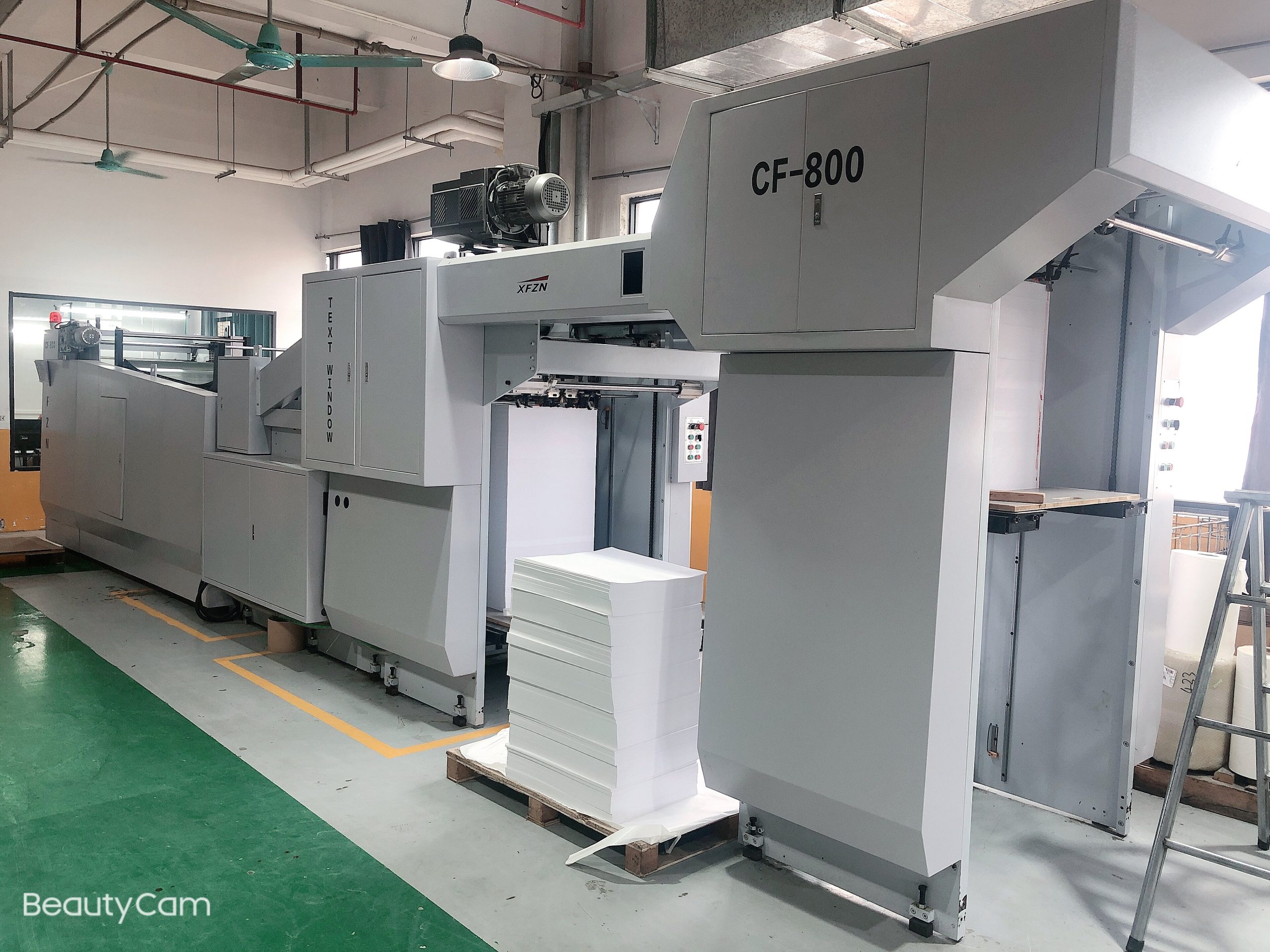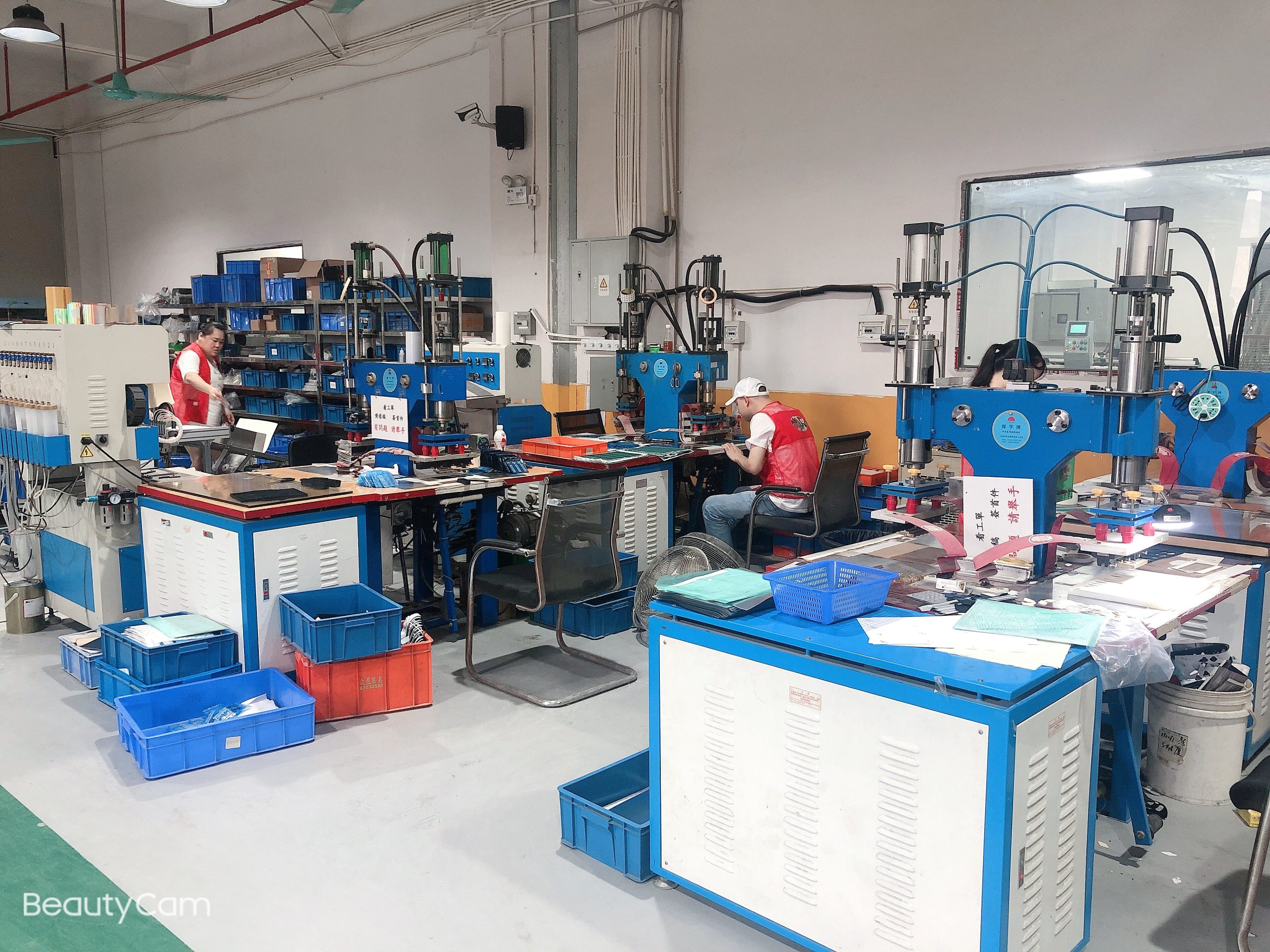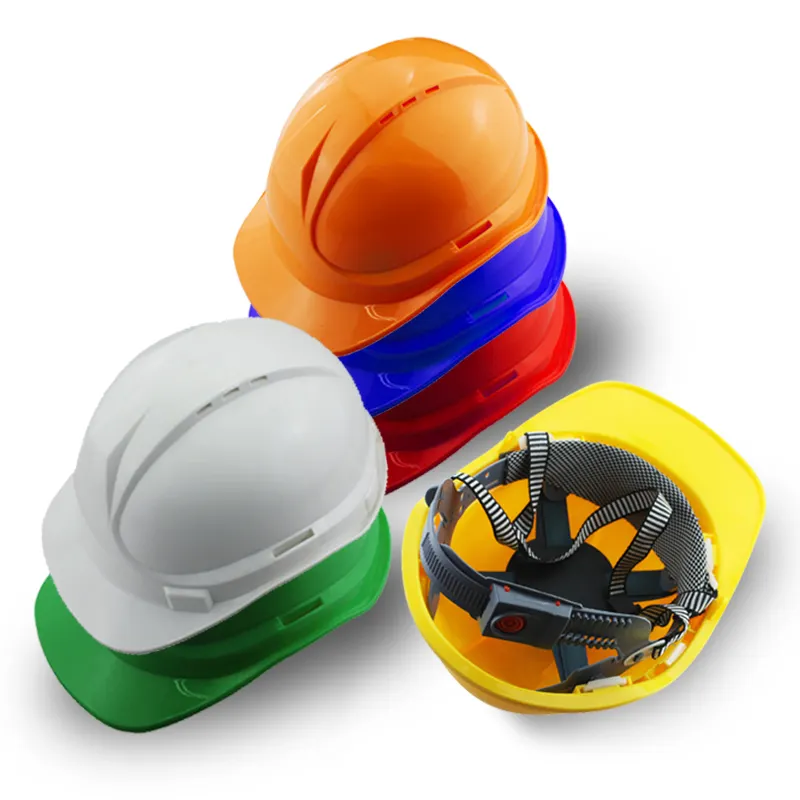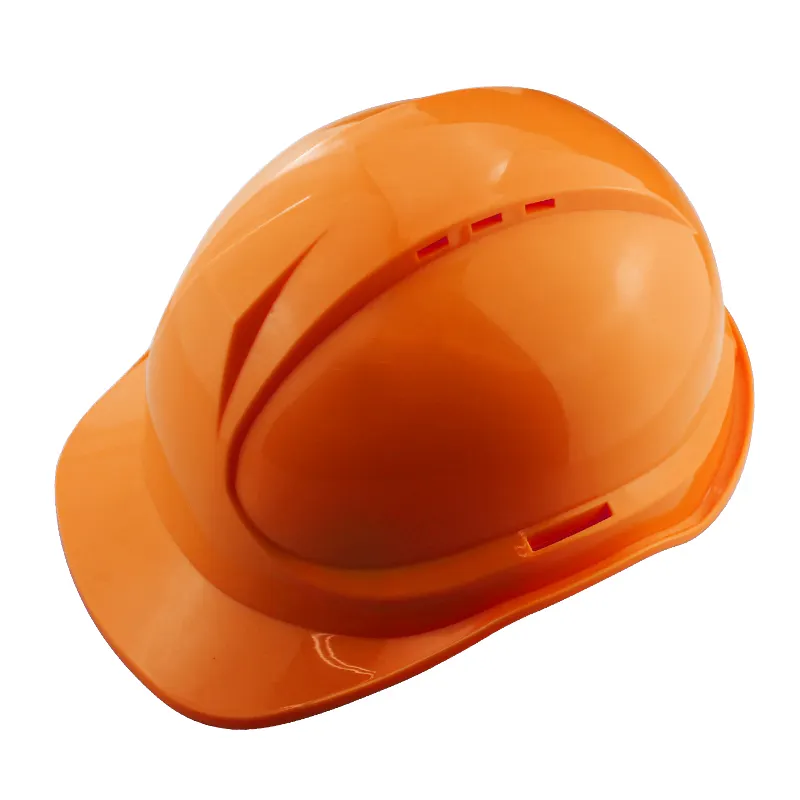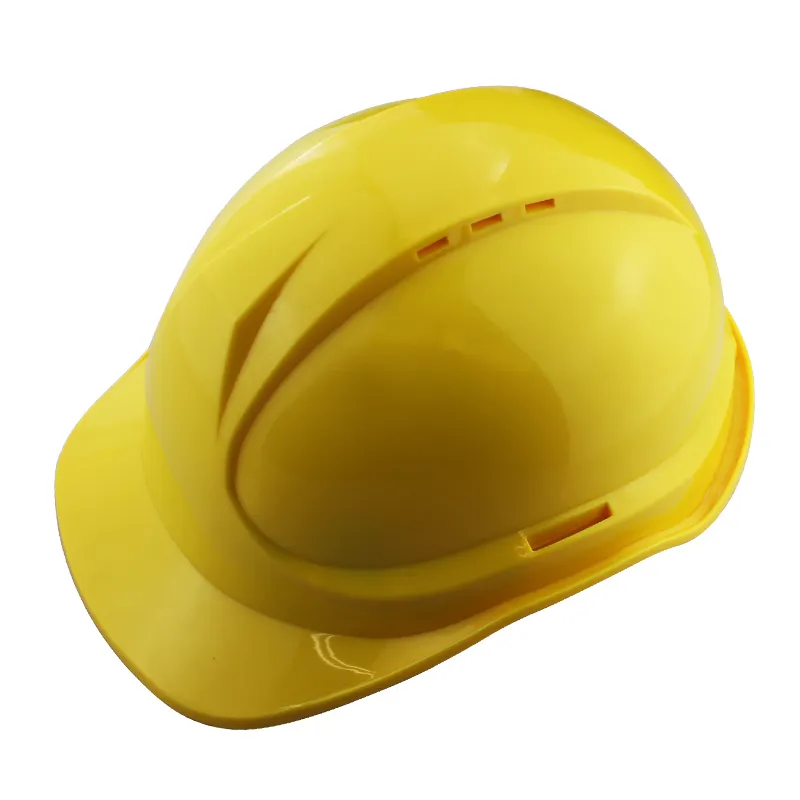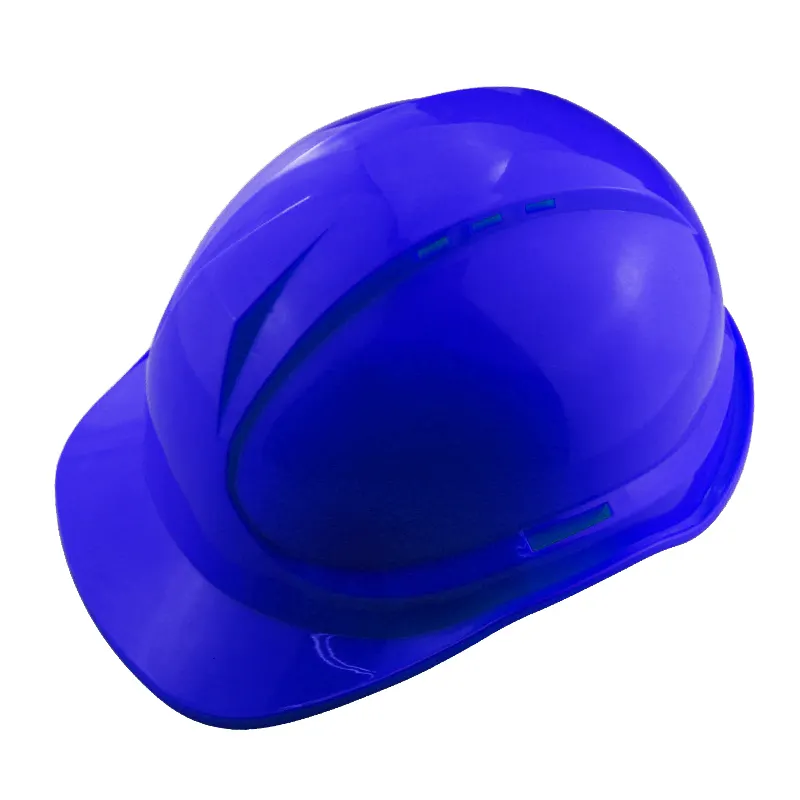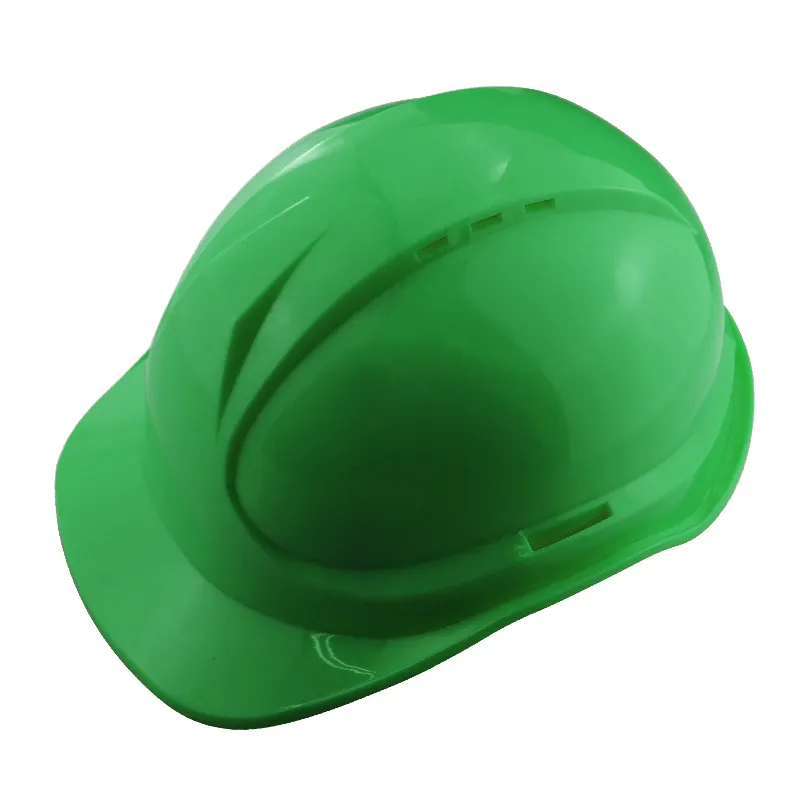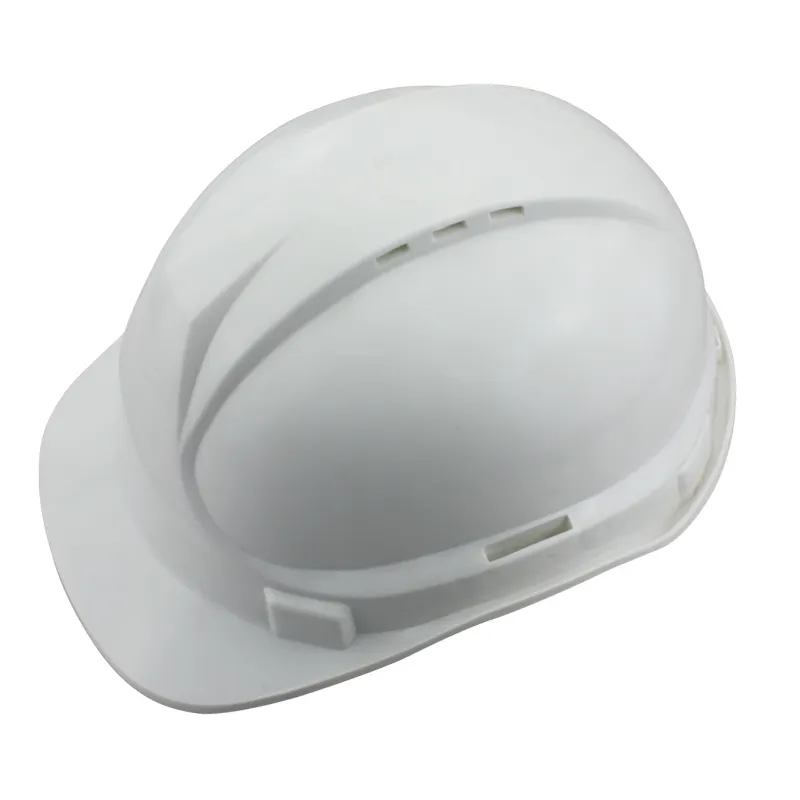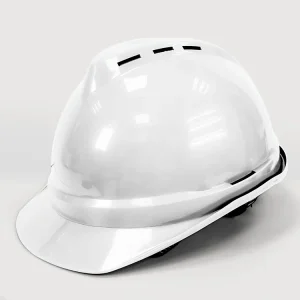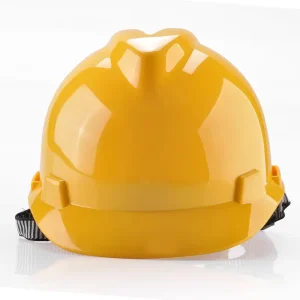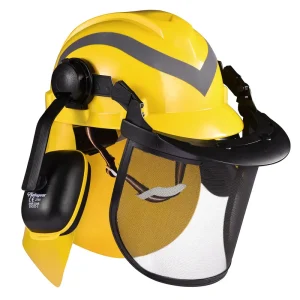A safety helmet, also known as a hard hat, is a type of protective headgear designed to provide protection for the head, especially in environments where there is a risk of head injuries. Safety helmets are commonly used in various industries and activities to safeguard workers and individuals from potential hazards. Here are some key features and uses of safety helmets:
- Material: Safety helmets are typically made from durable and impact-resistant materials, such as high-density polyethylene (HDPE) or thermoplastic, which can withstand blows and impacts.
- Impact Protection: The primary purpose of a safety helmet is to protect the head from falling objects, debris, or impacts, which could cause head injuries or traumatic brain injuries.
- Suspension System: Inside the helmet, there is usually a suspension system, which includes straps and an adjustable headband. This system helps absorb and distribute the force of an impact and ensures a secure fit on the wearer’s head.
- Chin Strap: Some safety helmets have chin straps to keep the helmet securely in place, especially when working in situations where there is a risk of the helmet falling off.
- Ventilation: Depending on the type of work and environment, safety helmets may have ventilation holes to allow airflow, preventing excessive heat buildup.
- Visibility: In some cases, safety helmets are available in bright colors to enhance visibility, especially in areas with low light conditions or in high-traffic construction zones.
- Safety Standards: Safety helmets must meet specific safety standards set by regulatory bodies in different countries. These standards ensure that the helmets are effective in protecting the wearer.
Safety helmets are commonly used in various industries, including construction, manufacturing, mining, forestry, and emergency services, to protect workers from hazards such as falling objects, electrical shocks, and head impacts. They are an essential part of personal protective equipment (PPE) and are crucial for maintaining safety in hazardous work environments. Proper maintenance and inspection of safety helmets are also essential to ensure their effectiveness in protecting individuals from head injuries.
